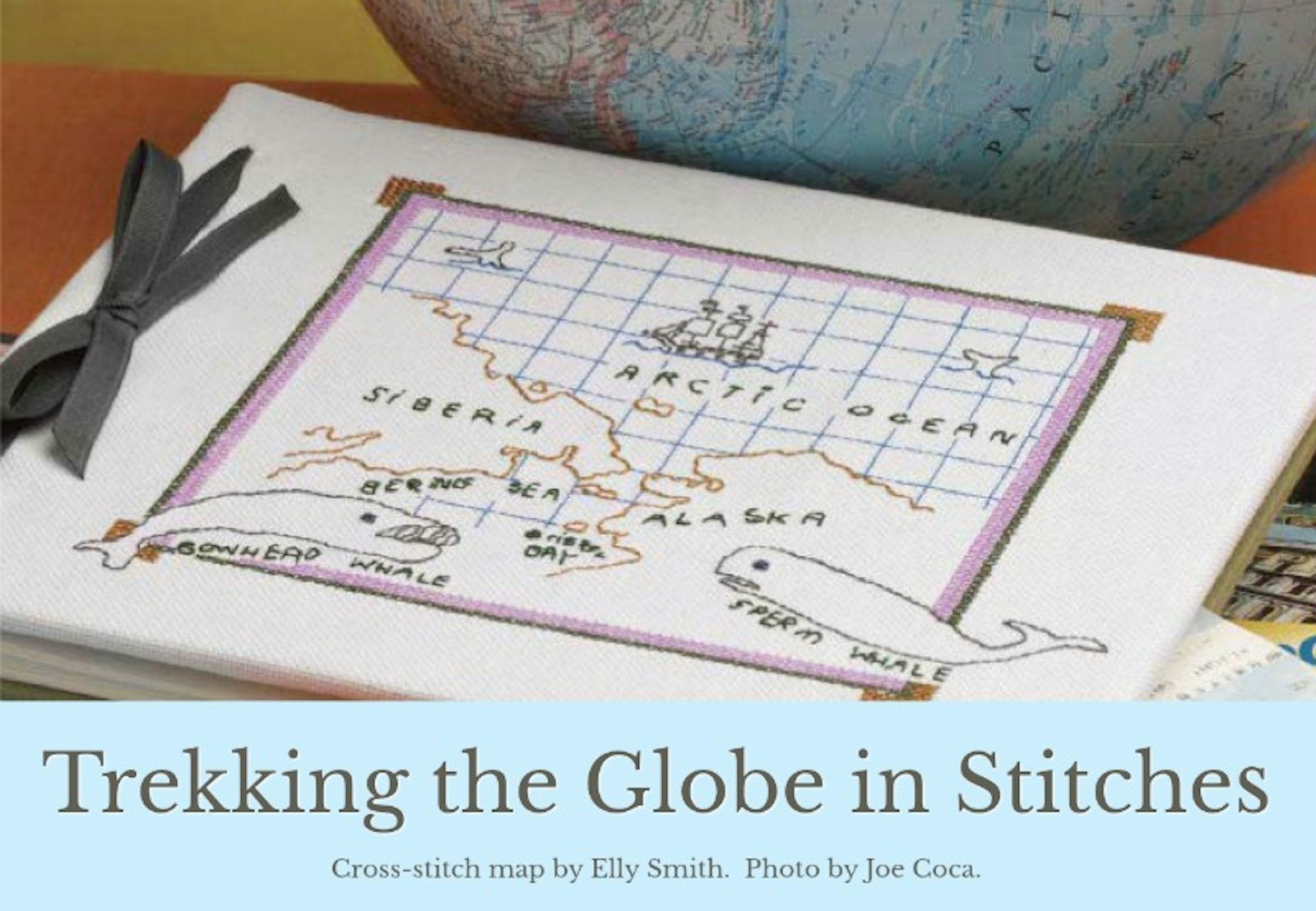The next stop on our tour of needlework from the seven continents is South America. In PieceWork’s January/February 2009 issue, we follow tour guide for the Americas, Cynthia Lecount Samaké, and head south to the Andes. In her article, “Andean Knitted Figure Purses: Monederos for Your Money,” Cynthia fills us in on the whimsical monederos (coin purses).
Figure purses. Maker(s) unknown. Knitted and crocheted. Handspun sheep’s wool. Purchased in a market in Cuzco, Peru. Date unknown. Male, 11¼ Inches (28.6 cm) tall; female, 9¼ inches (23.5 cm) tall. Collection of Liz Ligon. Photo by Joe Coca.
- In 1880, the French traveler Charles Wiener described a visit to a Cuzco society lady: “Wrapped in a shawl, she receives her guests. She often carries a prayer book and a rosary; her coin purse is not in her pocket, but held in her hand. These pretty little purses are knit of silk and represent animals or people, fat or thin, according to the state of the lady’s finances.”
- The silk would have been imported, of course, or a woman might have used soft native alpaca or vicuña yarns or a blend of vicuña and silk. An unusual or especially beautiful monedero was a source of great pride, and as Wiener noted, its owner carried it in her hand, to be admired, its small size perfectly suited to the little gold and silver coins then in use.
- A purse knitter worked in the round on a set of four or five double-pointed needles, usually draping the working yarn around her neck for tension control. Some knitters started out making a container that was basically cylindrical but then added a head and appendages to transform it into a human or animal form. In some cases, only the side pockets became little figures; in others, the entire purse became the figure. In many examples of animal-shaped purses, the legs serve as pouches for coins. Knitters often embroidered on additional details such as hair and facial features.
Llama-shaped purse with coins attached. Maker unknown. Knitted and embroidered. Handspun sheep’s wool. Bolivia. Late nineteenth to early twentieth century. 4 inches (10.2 cm) tall. Collection of the author. Photo by Joe Coca.
Figure purse. Maker unknown. Knitted and embroidered. Factory wool with commercially knit fabric shawl. Chuquisaca, Bolivia. Mid- to late twentieth century. 16 inches (40.6 cm) tall. Collection of the author. Photo by Joe Coca.
To read more about these charming coin purses, read the rest of Cynthia’s article in the January/February 2009 issue of PieceWork. Or make your own and cast on Cynthia’s companion project, “A Fish-Shaped Purse from Peru to Knit.”
Cynthia LeCount Samaké’s knitted fish-shaped purse. Photo by Ann Swanson.
If you’re just joining us on our journey, catch-up by reading about the amazing needlework of Antarctica, Asia, Europe, and North America. Safe travels!
—Elizabeth





